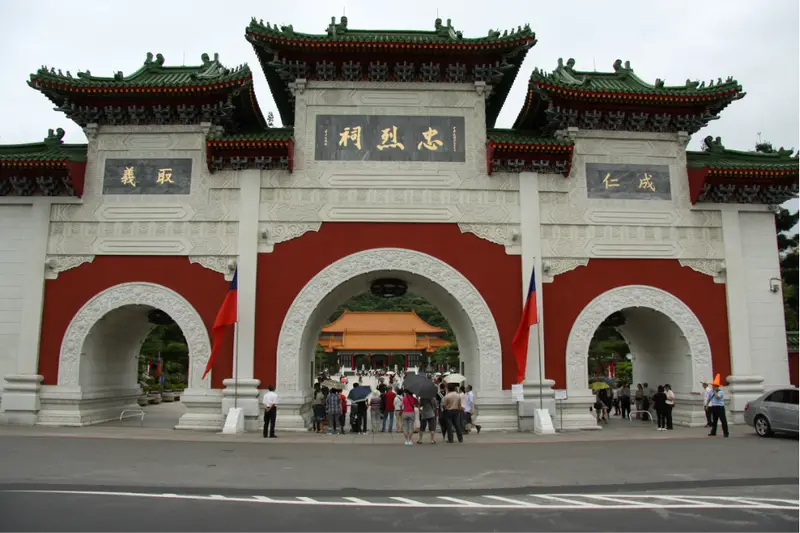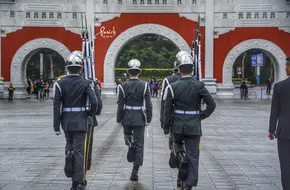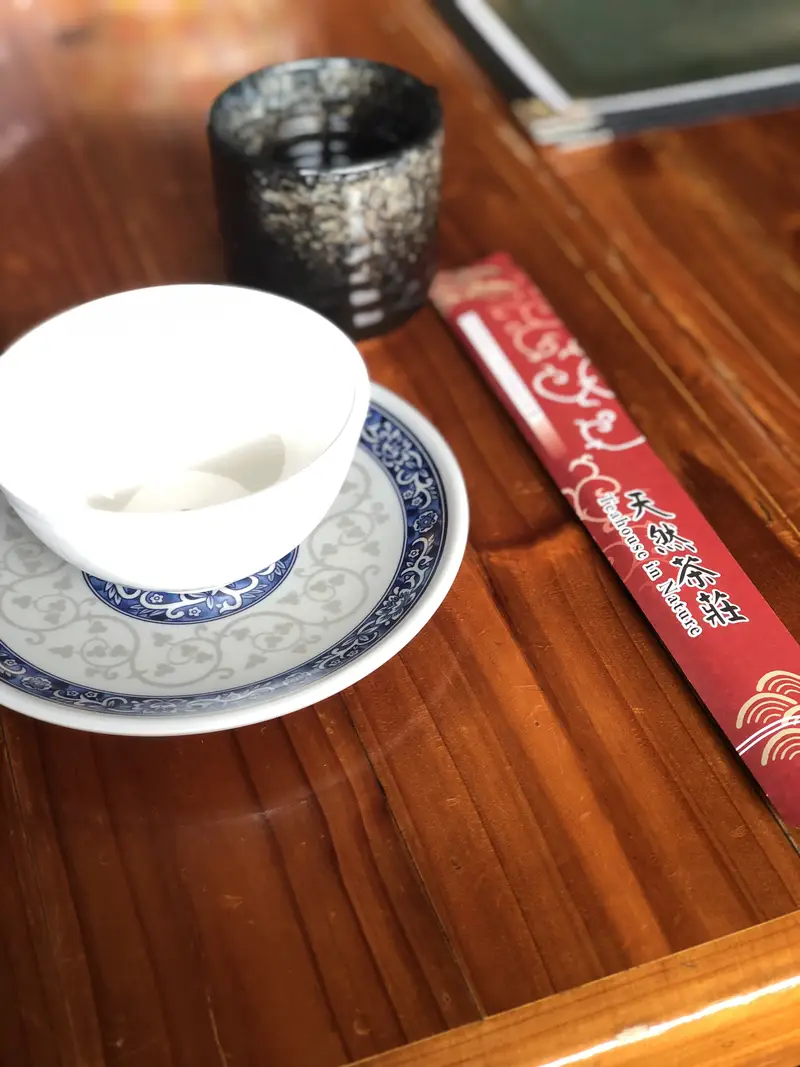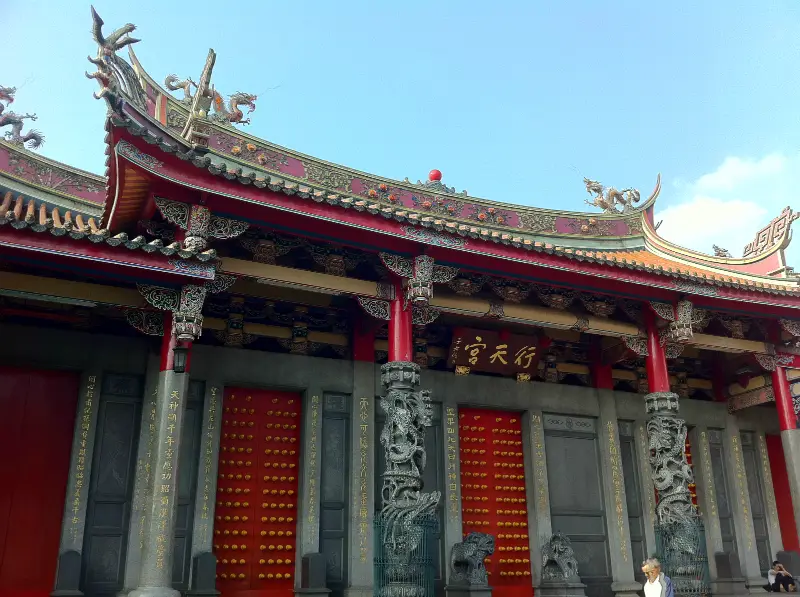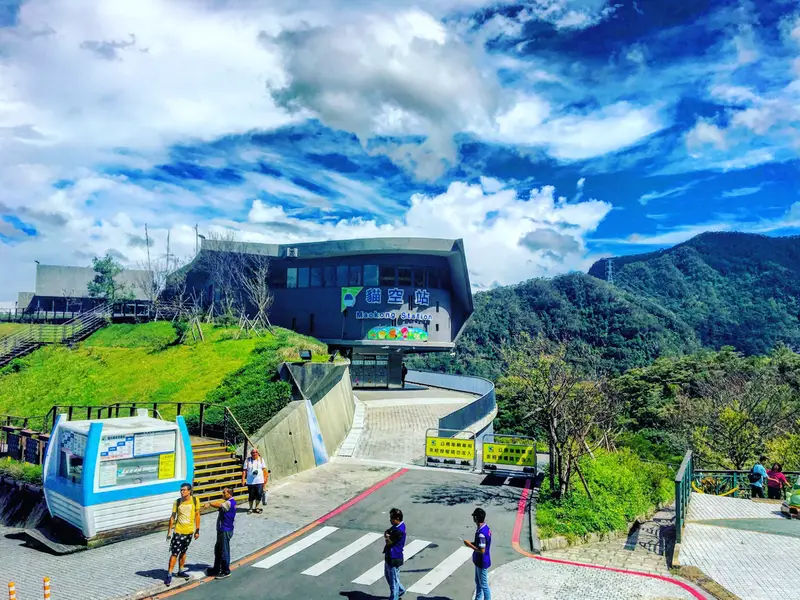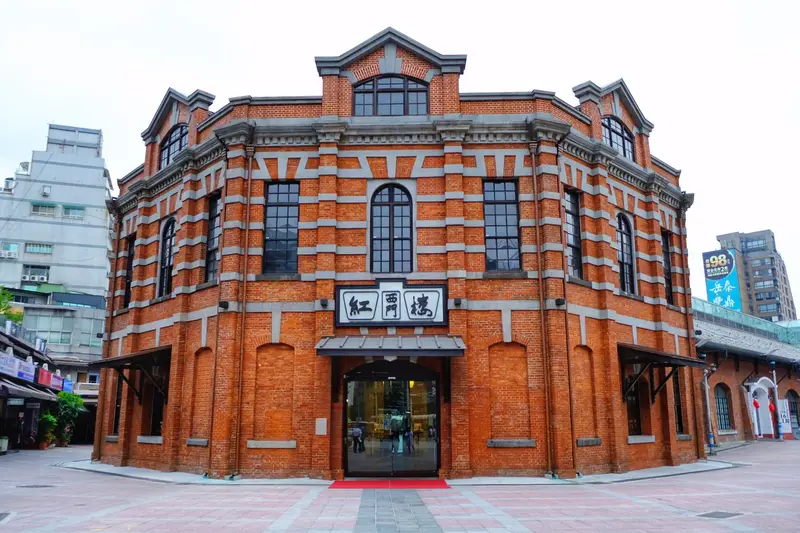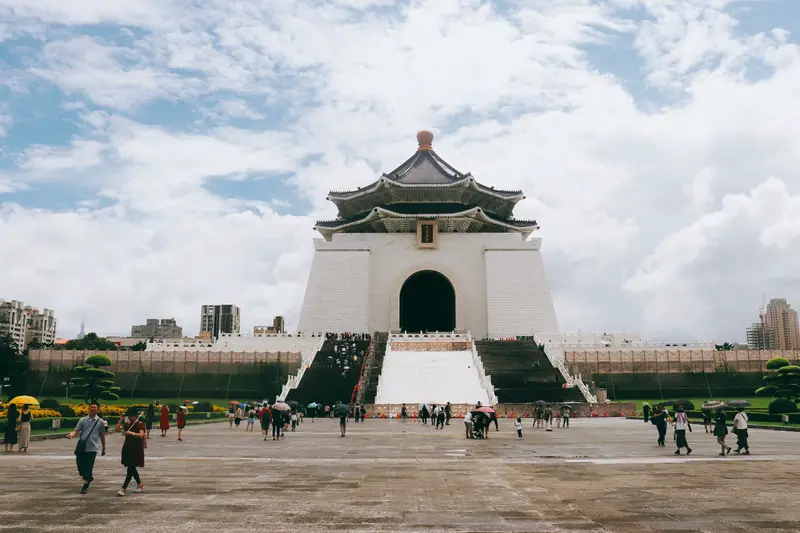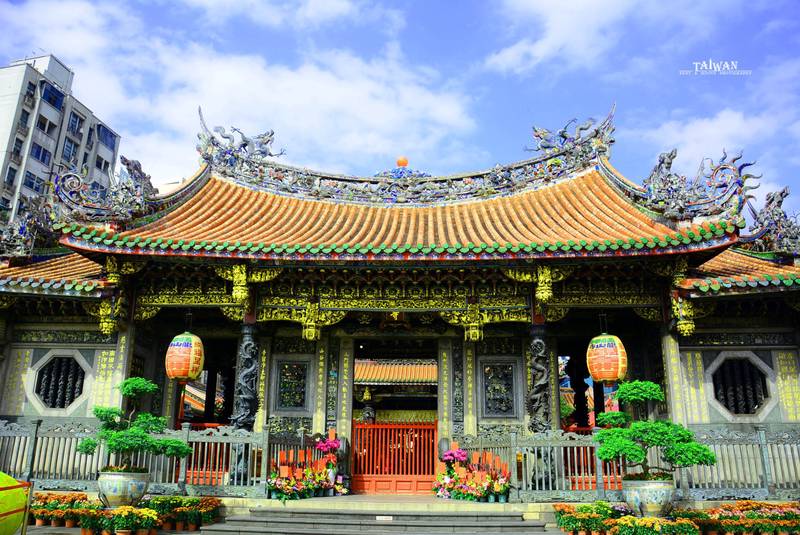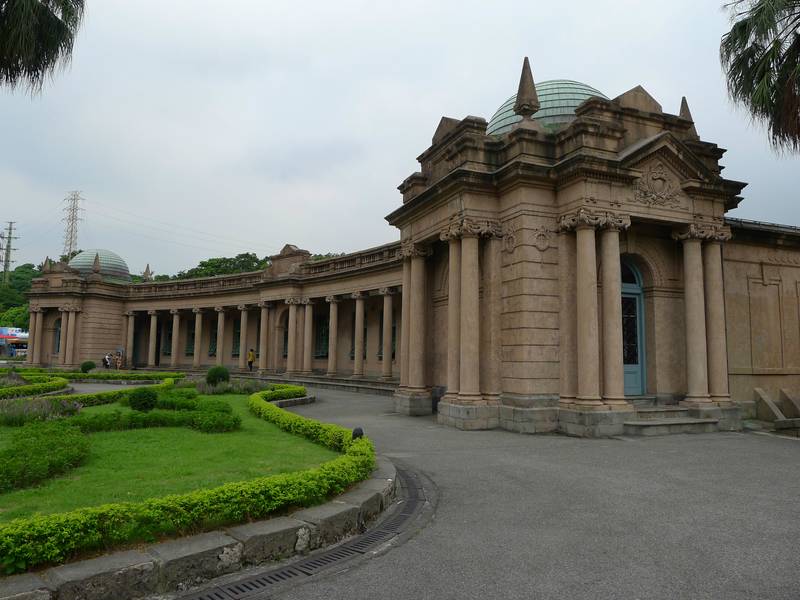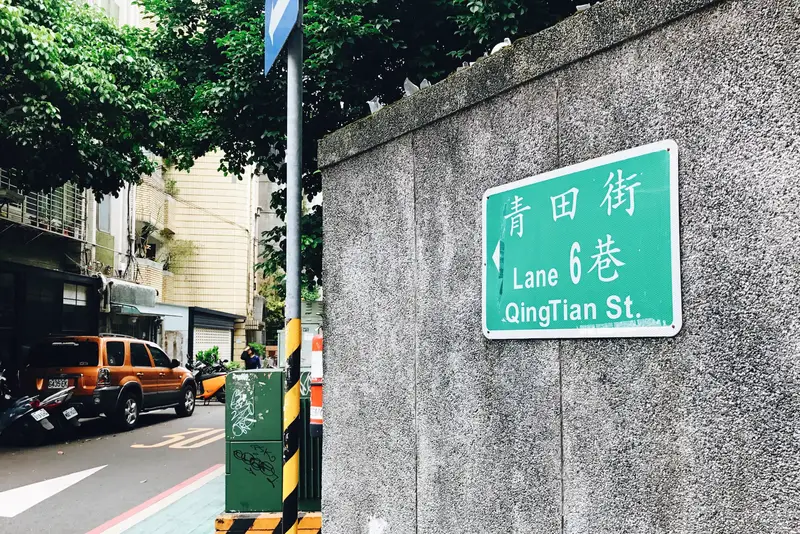The National Revolutionary Martyrs’ Shrine is located at No. 139, Bei’an Road, Zhongshan District, Taipei City, Taiwan. This site sits within the Yüanshan Park area, offering a peaceful escape from the city’s busy streets. While the shrine itself is small—about 12 tsubo (around 396 square meters)—its historical significance makes it a must-visit for those interested in Taiwan’s past. The shrine was originally built on the site of a Japanese-era shrine, which adds layers of history to its current role as a memorial for fallen soldiers.
Transportation
Getting to the National Revolutionary Martyrs’ Shrine is straightforward. Visitors can take the MRT to the Zhongshan Station and walk for about 15 minutes, or use local buses that stop near the park. If driving, there’s a small parking lot nearby, though it’s best to arrive early during peak hours. The shrine’s location in a quiet neighborhood makes it easy to explore on foot, and the surrounding area is dotted with cafes and shops for a quick break.
Natural Scenery
Though the National Revolutionary Martyrs’ Shrine isn’t a nature spot, its setting within Yüanshan Park provides a serene atmosphere. The park is filled with trees and open spaces, creating a calm environment that complements the shrine’s solemn purpose. Visitors often take a stroll through the park before or after visiting the shrine, enjoying the fresh air and gentle sounds of the city. The contrast between the natural surroundings and the shrine’s historical weight makes the experience unique.
Cultural Heritage
The National Revolutionary Martyrs’ Shrine was established by Chiang Kai-shek to honor soldiers who died in service to their country. Unlike other memorials that focus on high-ranking officers, this shrine welcomes all who gave their lives, regardless of rank. Even a lowly soldier with a name on the records is honored here, while those without proper recognition—no matter their rank—are excluded. This detail highlights the shrine’s emphasis on integrity and sacrifice. Inside, the space is filled with plaques and statues of soldiers who fought in battles like the Anti-Japanese War and the 823 Artillery Battle. The shrine’s design is simple but powerful, reflecting the humility of those it commemorates.
Facilities and Services
The National Revolutionary Martyrs’ Shrine has minimal modern facilities, as its focus is on preservation rather than convenience. There are restrooms and a small information desk, but visitors should bring water and snacks. The staff is friendly and happy to answer questions about the shrine’s history. For those planning a visit, it’s best to check the opening hours in advance, as they may vary on holidays. The lack of crowds makes it an ideal spot for quiet reflection.
Visitor Experience
Visiting the National Revolutionary Martyrs’ Shrine feels like stepping into a different time. The atmosphere is respectful and quiet, with many visitors bowing or lighting incense as a sign of respect. The shrine’s small size means you can explore it in 20-30 minutes, but the emotional impact lingers. Some travelers compare it to a museum, but the real value lies in the stories behind each name on the memorial walls. The shrine is especially meaningful for those with family ties to Taiwan’s military history.
Historical Significance
The National Revolutionary Martyrs’ Shrine stands as a symbol of sacrifice and national pride. Its origins as a Japanese-era shrine add a layer of complexity, reminding visitors of the region’s turbulent past. Over time, the site evolved into a place where people could honor those who fought for their country. Today, it serves as a reminder of the cost of war and the importance of remembering those who gave everything. The shrine’s role in preserving these stories makes it a key destination for history enthusiasts.
Nearby Attractions
While the National Revolutionary Martyrs’ Shrine is a standalone attraction, it’s part of a larger network of historical sites in the area. Yüanshan Park itself offers walking trails and viewpoints, making it a great place to spend an afternoon. A short drive away, the Taipei City Hall and other landmarks provide a contrast to the shrine’s quiet atmosphere. For a deeper dive into local history, visitors can pair a trip to the shrine with a visit to nearby museums or cultural centers.
Practical Tips
If you’re planning to visit the National Revolutionary Martyrs’ Shrine, dress comfortably and bring a light jacket, as the area can be cool. Photography is allowed, but it’s best to avoid loud conversations to respect the site’s solemnity. The shrine is accessible for most visitors, with a few steps leading to the main entrance. For those new to the area, asking locals for directions is usually helpful. The shrine’s simplicity and focus on history make it a rewarding stop for any traveler.
Final Thoughts
The National Revolutionary Martyrs’ Shrine may not be the most famous landmark in Taipei, but its quiet dignity leaves a lasting impression. Whether you’re a history buff or simply looking for a meaningful experience, this site offers a chance to reflect on the sacrifices that shaped the region. The National Revolutionary Martyrs’ Shrine is more than a memorial—it’s a bridge between the past and present, inviting visitors to honor the stories of those who came before.


